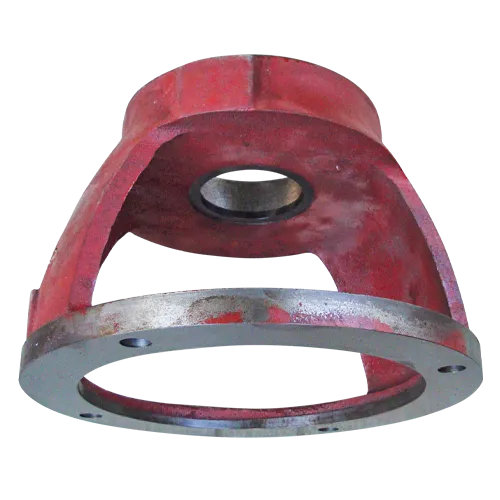Mobile:+86-311-808-126-83
Email:info@ydcastings.com
English
diesel engine exhaust pipe
The Role of Diesel Engine Exhaust Pipes in Emission Control
Diesel engines are widely recognized for their efficiency and power, making them a popular choice in various applications, from transportation to heavy machinery. However, the environmental impact of diesel emissions has raised significant concerns, leading to the need for effective exhaust systems. The diesel engine exhaust pipe plays a crucial role in not only directing exhaust gases away from the engine but also in reducing harmful emissions.
The primary function of the exhaust pipe is to channel exhaust gases produced during combustion away from the engine and vehicle cabin. These gases primarily consist of nitrogen, carbon dioxide, water vapor, and various pollutants, including particulate matter (PM), nitrogen oxides (NOx), and unburned hydrocarbons. The structure of diesel exhaust pipes is typically robust, constructed from materials like stainless steel to withstand high temperatures and corrosive environments.
Modern diesel engines come equipped with increasingly sophisticated exhaust systems designed to minimize environmental impact. One of the key components is the diesel particulate filter (DPF), which is integrated into the exhaust system to capture soot from the exhaust gases. This filter traps particulate matter, preventing it from being released into the atmosphere. Periodically, the DPF goes through a regeneration process where collected soot is burned off, ensuring optimal performance and efficiency.
In addition to the DPF, many diesel exhaust systems include selective catalytic reduction (SCR) systems. SCR technology uses a urea-based solution, commonly known as Diesel Exhaust Fluid (DEF), to convert harmful NOx emissions into harmless nitrogen and water. The exhaust pipe plays a vital role in this process, as it delivers the exhaust gases to the SCR unit where the chemical reaction occurs. This technology has proven effective in significantly reducing NOx emissions, helping diesel vehicles meet stringent regulatory standards.
diesel engine exhaust pipe

The design and layout of exhaust pipes also contribute to their effectiveness. For instance, a well-crafted exhaust system minimizes backpressure, allowing for better engine performance and fuel efficiency. The diameter of the exhaust pipe must be carefully calibrated; too narrow can restrict airflow and cause build-up, while too wide can lead to reduced velocity and inefficient removal of gases. Engineers must consider various factors, including engine size and vehicle class, to create an optimal exhaust design.
Furthermore, the location of the exhaust pipe is not merely a matter of aesthetics; it has practical implications for emissions control. Many modern diesel vehicles are equipped with exhaust systems that position the exhaust pipe in a way that maximizes the dispersion of pollutants, reducing their concentration near the vehicle. This design helps mitigate air quality issues, particularly in urban environments where traffic congestion can exacerbate pollution levels.
As regulations surrounding diesel emissions become more stringent, technology continues to evolve. Manufacturers are investing in research and development to enhance the performance of diesel exhaust systems. Innovations such as active and passive regeneration systems, improved catalysis materials for SCR, and advanced sensors for real-time monitoring of emissions are paving the way for cleaner diesel technology.
In conclusion, the diesel engine exhaust pipe is a critical component of an effective emissions control strategy. Through innovations like DPF and SCR systems, along with careful consideration of design and layout, these exhaust systems are becoming more efficient at reducing harmful emissions. As the industry moves forward, the continued advancement of diesel exhaust technology will play a significant role in balancing the demand for powerful diesel engines with the need for environmental responsibility. Thus, the development of diesel engine exhaust systems not only enhances vehicle performance but also contributes significantly to cleaner air and a healthier planet.
-
Materials Used in Manufacturing Cap End Pipe FittingsNewsNov.24,2025
-
Material Properties of CF8M CastingNewsNov.24,2025
-
How to Inspect Pump Cap Ends for DamageNewsNov.21,2025
-
Backward Curved Impeller – Efficient Airflow Solutions for Industry | YD CastingsNewsNov.21,2025
-
Automobile Water Pump - Efficient, Quiet, Durable & ElectricNewsNov.21,2025
-
Impeller for Pumps – High-Efficiency, Durable, OEM-ReadyNewsNov.21,2025











